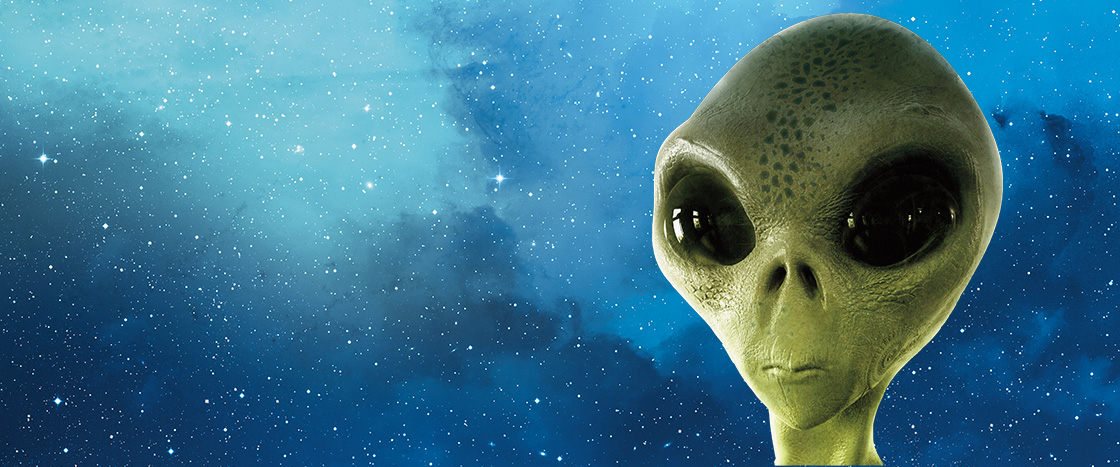Imagine that right now, on some far-away planet, in some distant part of the universe, there exists an entire civilization of extraterrestrials. Now imagine that scientists have decided to send them a message, and get this: They’ve asked YOU to help figure out what that message should say.
What would you want to tell the aliens? What would you want them to know about humanity? About our planet?
The idea of scientists sending a message to aliens might sound like science fiction. But back in the late 1970s, a group of scientists at NASA (National Aeronautics and Space Administration) did exactly that. They launched a message into space with the hope that one day, life-forms in the far reaches of the galaxy might find it.

